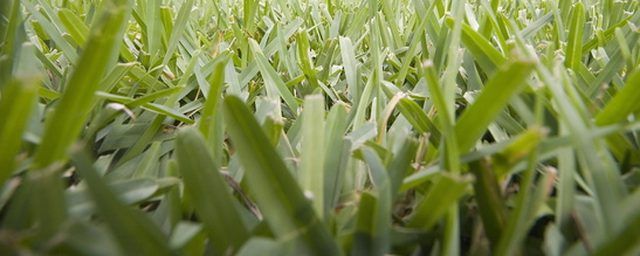Bulbs
Flower Basics
Flower Beds & Specialty Gardens
Flower Garden
Garden Furniture
Garden Gnomes
Garden Seeds
Garden Sheds
Garden Statues
Garden Tools & Supplies
Gardening Basics
Green & Organic
Groundcovers & Vines
Growing Annuals
Growing Basil
Growing Beans
Growing Berries
Growing Blueberries
Growing Cactus
Growing Corn
Growing Cotton
Growing Edibles
Growing Flowers
Growing Garlic
Growing Grapes
Growing Grass
Growing Herbs
Growing Jasmine
Growing Mint
Growing Mushrooms
Orchids
Growing Peanuts
Growing Perennials
Growing Plants
Growing Rosemary
Growing Roses
Growing Strawberries
Growing Sunflowers
Growing Thyme
Growing Tomatoes
Growing Tulips
Growing Vegetables
Herb Basics
Herb Garden
Indoor Growing
Landscaping Basics
Landscaping Patios
Landscaping Plants
Landscaping Shrubs
Landscaping Trees
Landscaping Walks & Pathways
Lawn Basics
Lawn Maintenance
Lawn Mowers
Lawn Ornaments
Lawn Planting
Lawn Tools
Outdoor Growing
Overall Landscape Planning
Pests, Weeds & Problems
Plant Basics
Rock Garden
Rose Garden
Shrubs
Soil
Specialty Gardens
Trees
Vegetable Garden
Yard Maintenance
The Best Way to Grow Grass
The Best Way to Grow Grass. Rich green grass gives any garden a fresh, lustrous feel. The best way to grow grass is to focus on getting the seed bed right. With the correct ground conditions, you can grow a mat of green lawn without using sod or expensive transplants. Ideal grass species will vary depending on your location. Some grasses thrive in...

Rich green grass gives any garden a fresh, lustrous feel. The best way to grow grass is to focus on getting the seed bed right. With the correct ground conditions, you can grow a mat of green lawn without using sod or expensive transplants. Ideal grass species will vary depending on your location. Some grasses thrive in hot, humid climates, while other varieties prefer cool, rainy environments.
Things You'll Need
Grass seed
Spade
Rake
Pull out any roots, weeds, stones and obstructions in your lawn. Use a spade to churn and loosen the soil. Ideally, till the soil to a depth of 18 inches.
Mix in a bag of compost, rotting manure or peat for every 100 square feet of lawn. Rake out the surface until level.
Choose the right grass seed for your environment. For example, use shade-tolerant Kentucky Bluegrass for partially shaded lawns, or 50 percent Kentucky Bluegrass with 50 percent perennial rygegrass in high sunlight areas, according to the University of Minnesota. However, species and type will vary according to your region.
Spread the seed out evenly across the entire lawn area.
Mulch the entire seedbed with weed-free straw. Use one bale for every 1,000 square feet, according to the University of Florida. This will keep the weeds down and the moisture in.
Water the area with a sprinkler, or a watering can for smaller lawns. Water deeply every day, but don't allow the topsoil to get boggy or sunken. Different species and climates require different watering levels.
Let your new grass grow long and bushy to at least 3 inches before mowing so that you don't damage the root bed.
Tips & Warnings
Apply a nitrogen-rich fertilizer in the first month of growing to give the young grass blades extra nutrients.
Don't use any herbicide on your lawn to combat weeds until you have mowed it three times, according to the University of Florida.